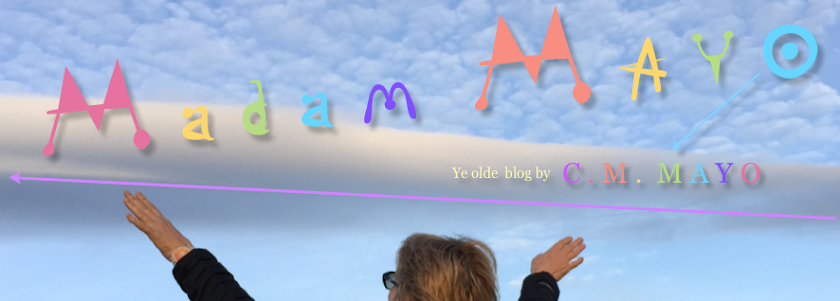 1. The Far Traveler: Voyages of a Viking Woman
1. The Far Traveler: Voyages of a Viking Woman by Nancy Marie Brown
With grace and elegance, a story brought back over a thousand years.
2. The Landed Gentry
by Sophy Burnham
Sophy Burnham's extraordinary, courageous, vividly and stylishly written romp through a heavily camouflaged part of America, first published in 1978, is back in print--- through the Author's Guild's phenomenal backinprint.com program. Highly recommended. But not for the squeamish. Read what the author has to say about it here.
3. In Defense of Food
by Michael Pollan
A bodaciously good book. It will change the way you eat.
4. Tras las huellas de un desconocido: Nuevos datos y aspectos de Maximiliano de Habsburgo
by Konrad Ratz
One of the most important new works about Maximilian in years. I'll be posting more about this book soon.
5. Getting Things Done
by David Allen
If not for this book, by now I would have been a gelatinous blob of neurosis, double-fried. I LOVE THIS BOOK! Certainly, without it I could never have coped with (gasp) facebook and (arrrgh) twitter. This is Mental Management 101 for the 21st Century. Read this and understand why you must-must-must get a Brother labeler and a stack of file folders, like, yesterday.
6. Born Standing Up
by Steve Martin
Jerry Seinfeld calls Steve Martin's new memoir, "Absolutely magnificent. One of the best books about comedy and being a comedian ever written." Yes, it is absolutely magnificent. But no, it is so much more: It is one of the best books about being an artist--- of any kind--- ever written.
7. Across the Territories: Travels from Orkney to Rangiroa
by Kenneth White
White is a Scottish poet and founder of the Institute for Geopoetics. Beautiful and humorous. (Thanks to L. Peat O'Neil for the suggestion.)
8. Sweetness and Light: The Mysterious History of the Honeybee
by Hattie Ellis
Travel on a spoon from Surrey to Sicily, and Paris parks to New York City rooftops-- and gain an all new appreciation of this nectar from heaven, and the reason why bees can tell us more about ourselves than any other creature. (Except, well, pugs. Had to get that in there.)
9. Deluxe: How Luxury Lost Its Luster
by Dana Thomas
This deeply researched and elegantly written expose of the luxury business has nothing--- and everything--- to do with today's bloated and WalMartized publishing industry, a subject I admit I care a lot more about than fashion. That said, I found this book riveting. My favorite quote, by shoe designer, Louboutin:
"I see these men who build luxury brands to make money, and I am working in the same industry but I feel I have nothing in common with that... Luxury is the possibility to stay close to your customers, and do things that you know they will love. It's about subtlety and details. It's about service.... Luxury is not consumerism. It is educating the eyes to see that special quality."
P.S. Watch the author read an excerpt about terrorism funding (via YouTube).
10. On Royalty
by Jeremy Paxman
An unusually perceptive meditation on the whys and wherefores of a peculiar but very human institution.
---> Madam Mayo's Top 10 Books Read in 2007
---> Madam Mayo's Top 10 Books Read in 2006

























